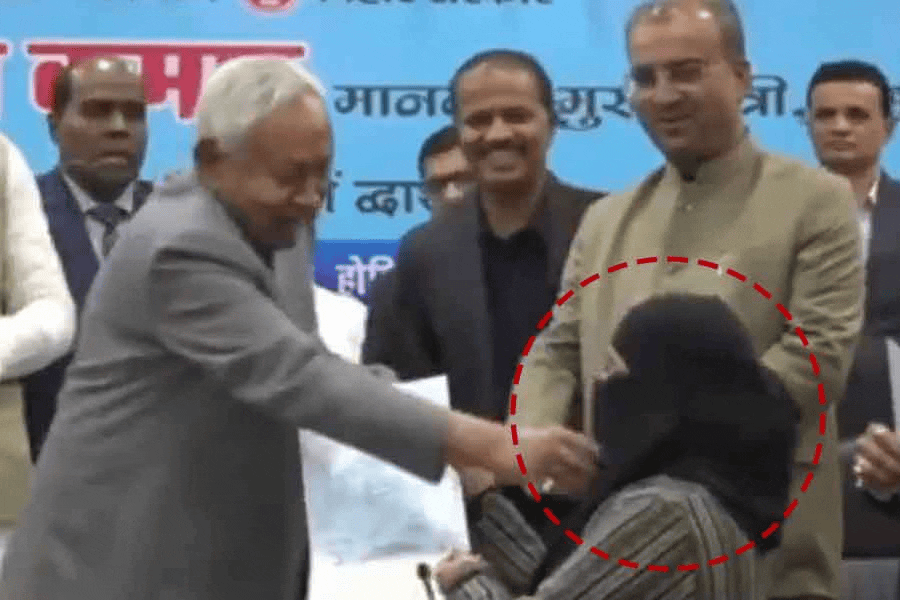Author Amish Tripathi’s latest podcast questioning the reality of Sati — a medieval practice of burning widows on the pyre of their dead husbands — has triggered a social media war, with comedian Kunal Kamra accusing the author of mixing history with mythology to “justify the policies of the ruling regime”.
In the 22-minute-52-second video Tripathi shared on his official X account on February 12, he compared Sati burning with “ritual suicide”, citing examples of Arjun from Mahabharata and Ram from Ramayana as men who wished to embrace death. In the podcast titled Sati - Fact or Fiction? he further justified how the essence of the ritual may have been lost in translation when the British studied ancient Hindu scriptures.
“Don’t demean the struggles in our history to justify the politics of today’s ruling regime. Hinduism is regulated by practices not a book,” Kamra said in response to the video, leading to further justifications from Tripathi and reactions from netizens.
On September 4, 1987, a woman named Roop Kanwar was burnt on her husband’s funeral pyre in Rajasthan in what is reported as the last Sati burning incident of India. At least 45 persons were booked in connection with the case in 1998 under The Commission of Sati (Prevention) Act 1987.
This documented case, however, doesn’t find a place in Tripathi’s podcast, which loosely bases its findings on Hindu mythology and quotes from historian Meenakshi Jain.
The war of words first started when Ola Electric founder Bhavesh Aggarwal reshared Tripathi’s video, claiming there was no evidence to prove the prevalence of Sati system in India but enough to prove the practice of witch-hunting in Europe.
“Raja Ram Mohan Roy fought against the practice of Sati; it was abolished in the year 1829. The last documented case of Sati in India was as recent as 1987. Please focus on your automobiles being immobile,” Kamra wrote, resharing Agarwal’s post.
Kamra’s tweet led to a barrage of comments by trolls, including a few that called Raja Ram Mohan Roy a “British agent”.
For the unversed, Raja Ram Mohan Roy, known as the Father of Indian Renaissance, was the founder of the Brahmo Samajh and the one who led the movement against Sati practice in 1829.
Even around 200 years after the abolishment of the Sati practice, India still suffers from similar crimes against women, with witch-hunting cases reported from several states including Jharkhand, Chhattisgarh and Madhya Pradesh.
According to the latest National Crime Records Bureau (NCRB) data, as many as 85 cases of witch-hunting were reported in India in 2022. Jharkhand registered 11 cases of murder in connection with witch-hunting in the year, the third highest in India. Chhattisgarh with 25 cases and Madhya Pradesh with 20 cases were placed first and second respectively.










